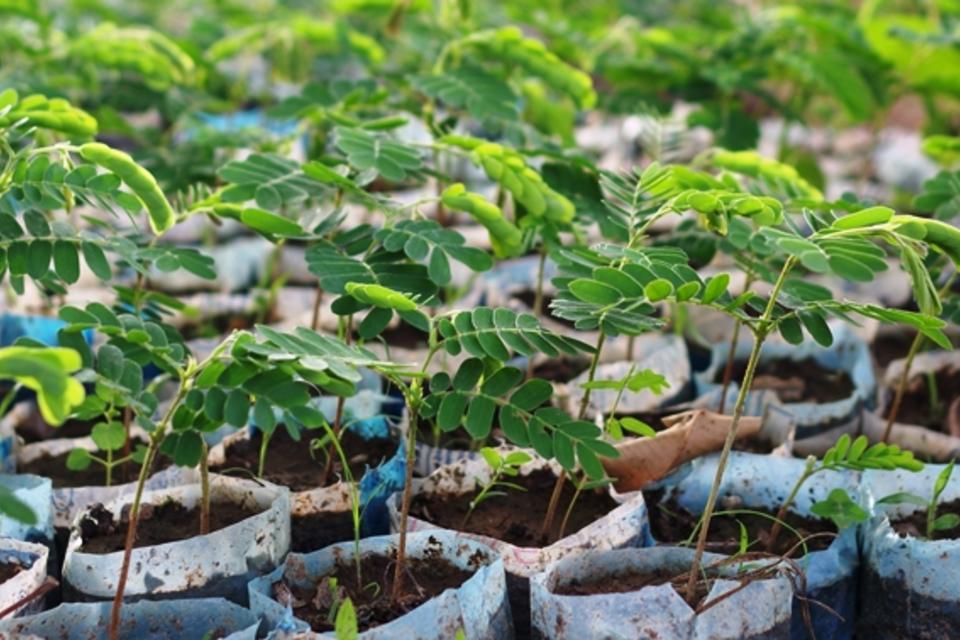Blog A new decade of forest restoration: Lessons learned from Burkina Faso
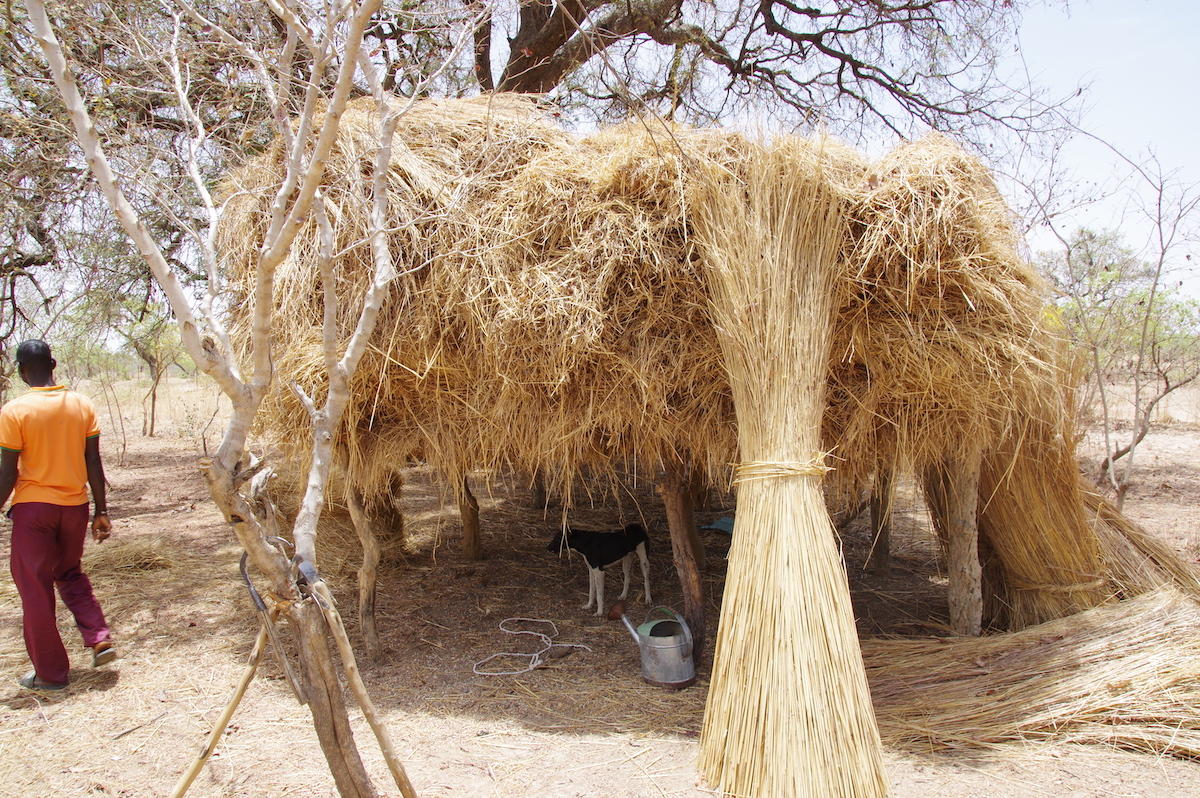
For this International Day of Forests’ theme of forest restoration, we take a closer look at ongoing restoration efforts in Burkina Faso. Despite numerous challenges, insights from these initiatives help chart “a path to recovery and wellbeing”.

Image courtesy of FAO
This year, forest landscape restoration is attaining new global momentum with the UN Decade of Ecosystem Restoration (2021-2030). Buoyed by renewed global interest and political will to improve the environment, there is a wave of new projects with ambitious targets. Their future successes will be informed by the experiences of countries with histories of landscape restoration.
One such country is Burkina Faso, where expanding agriculture, desertification, and climate change have caused progressive degradation of forested landscapes. In 2018, the West African country made plans to restore 5 million hectares of degraded land by 2030, as part of the pan-African initiative AFR100. However, so far these restoration initiatives have only partly succeeded.
In 2019, researchers at the Alliance of Bioversity International and CIAT interviewed managers of 39 active restoration initiatives in Burkina Faso to assess bottlenecks and opportunities for scaling up ongoing efforts (detailed here). These initiatives are working with local NGOs and associations to bring back tree cover in the heavily-degraded Sahelian and Sudanian regions, and in the process recover ecological functions, increase local communities’ resilience to climate change, and enhance productivity in agro-sylvo-pastoral systems.
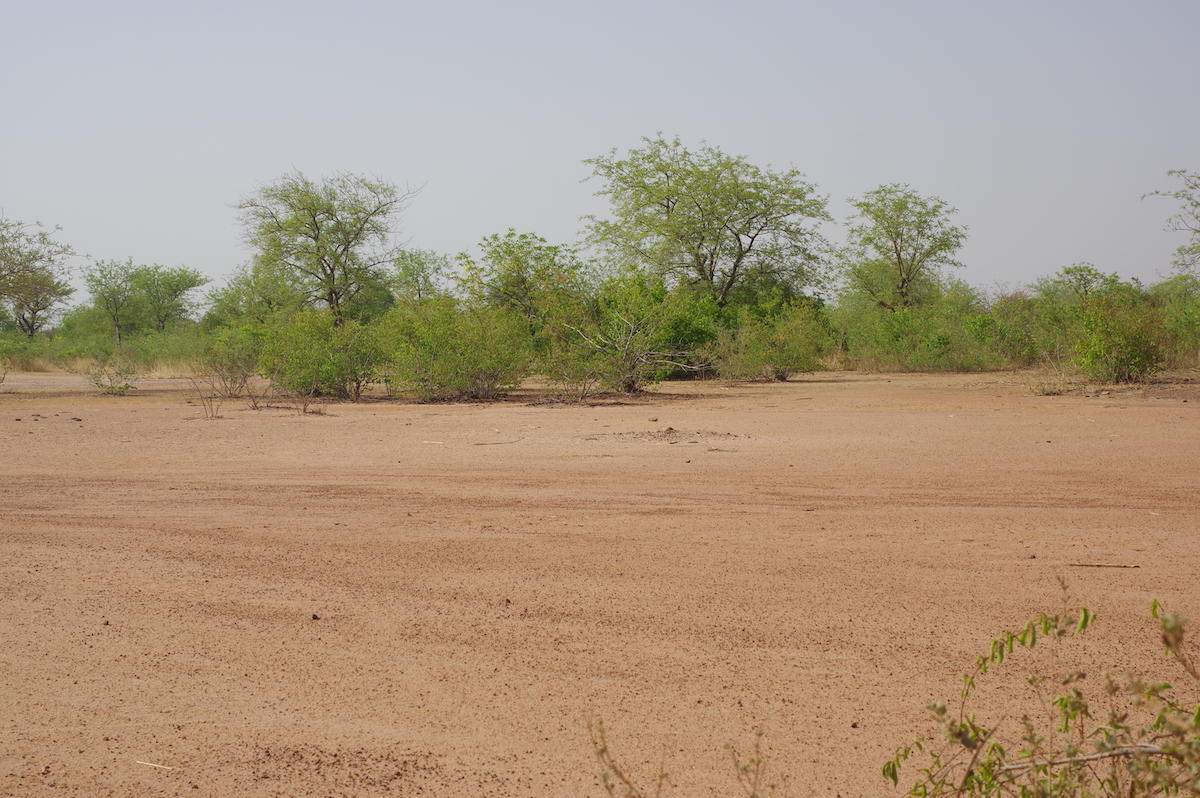
Degraded pastureland in Burkina Faso. Credit: Michel Valette
Assessing restoration approaches
In regions where old trees are present and the soil seed bank is not totally depleted, the most commonly used, cost-effective approach to foster tree development is assisted natural regeneration: regrowth from existing tree stumps, through management and protection from disturbance. This has proved successful in restoring vast areas in other West African countries.
Despite being very labor-intensive, several other practices are indispensable in extreme environments with scarce water and limited soil fertility: the creation of stone bunds, half-moons, Vallerani trenches and zaï (pits filled with seed and manure). Shrubs and grass are often commonly planted along with trees, as they play a role in conserving soils, creating favorable microclimates, stabilizing moisture levels, providing forage for animals and an immediate benefit from restoration activities.

Basin for water capture, stone bunds, and zai pits in the background
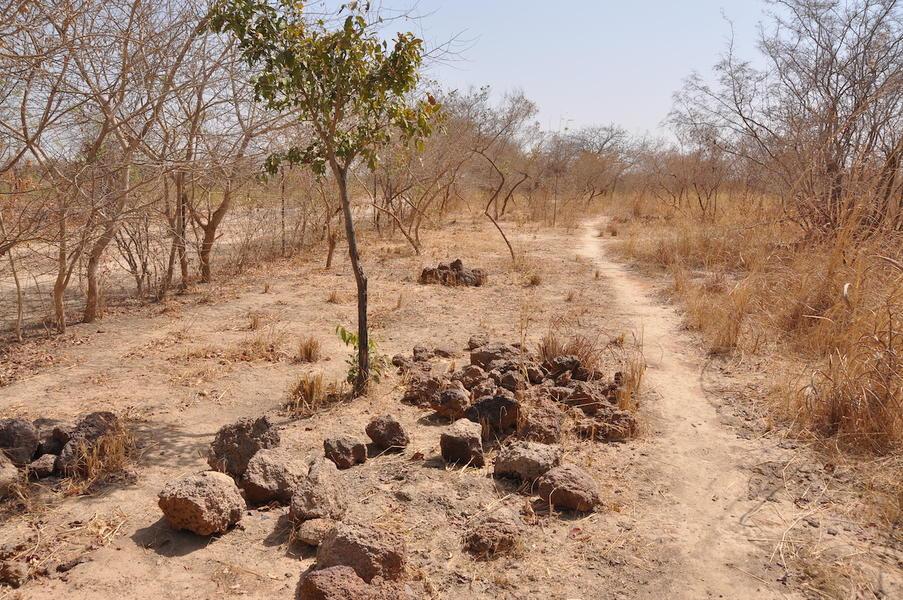
Stones are gathered to establish stone bunds within a fenced plot
Restoration approaches in practice. Credit: Barbara Vinceti
Tree planting was implemented by the majority of the restoration initiatives, as natural regeneration alone is rarely sufficient to sustain tree cover recovery. Half of the restoration initiatives collaborated with the government-run National Tree Seed Center, which supplies seeds of native species and ensures that collection practices follow best standards. However, a significant number of initiatives relied exclusively on self-collected, locally-procured seed from limited sources that may not yield quality seed in future conditions.
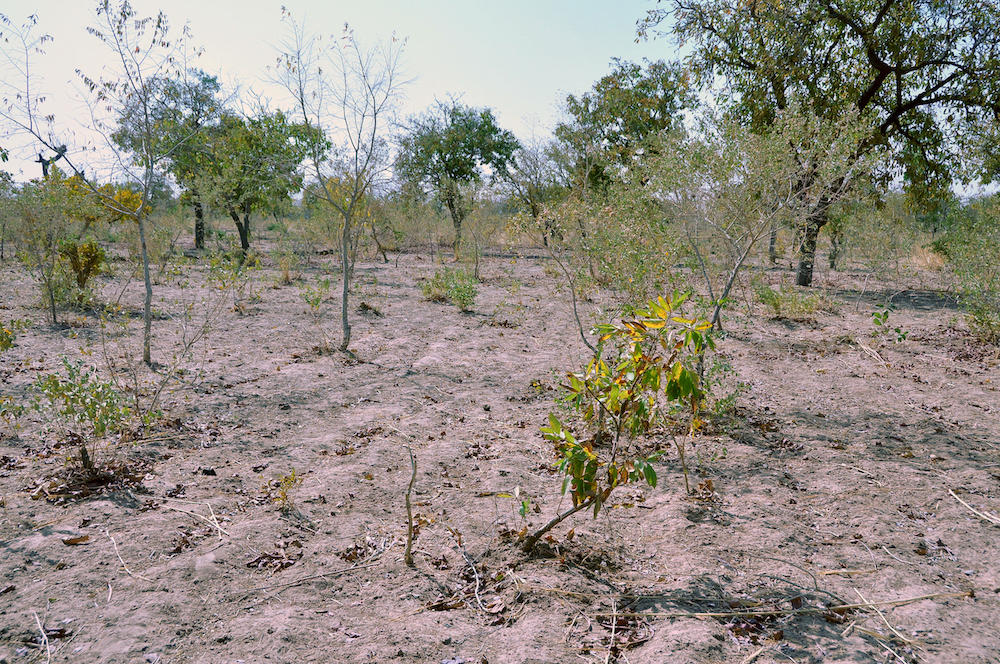
High-density tree planting in cropfields. Credit: Barbara Vinceti
Although the initiatives generally used participatory approaches to build local capacity, community decision-making seemed limited, and women tend to be excluded with very limited land-access rights.
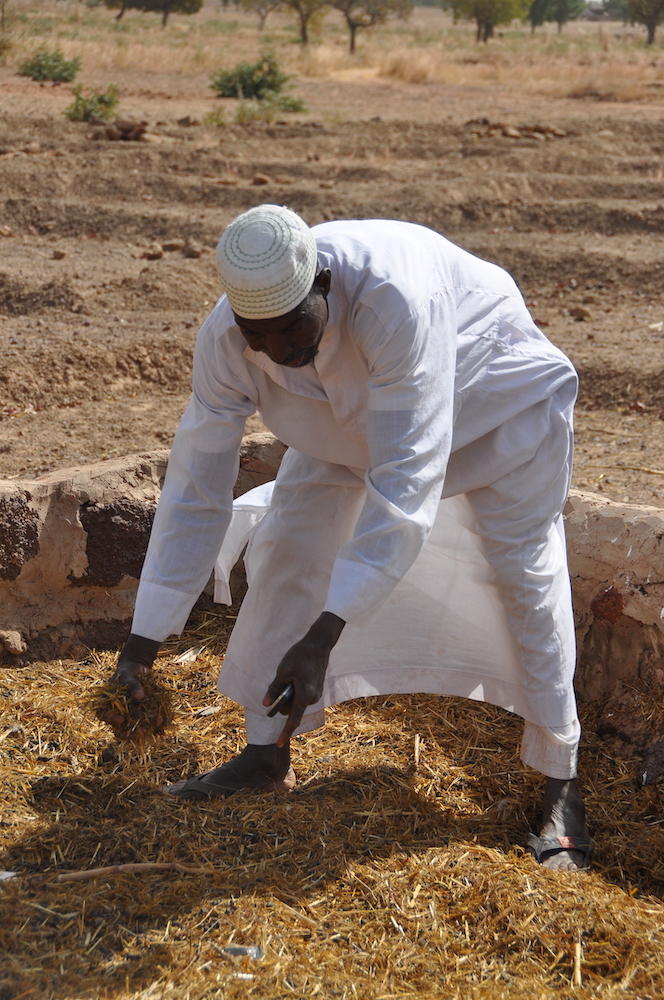
A member of the local community makes compost; half-moons are visible in the background. Credit: Barbara Vinceti
A path ahead
Despite all the critical aspects identified, the increasing number of restoration initiatives, the diversity of approaches used by local actors to overcome constraints and the support from the government are all encouraging aspects.
The renewed interest of international donors in supporting the Great Green Wall for the Sahel and Sahara Initiative (GGW), an African-led initiative involving 11 countries to fight land degradation, desertification and drought, will provide an ideal framework to achieve multiple objectives. Hopefully these will include scaling up efforts to restore degraded land, creating job opportunities, and strengthening the resilience of rural communities.
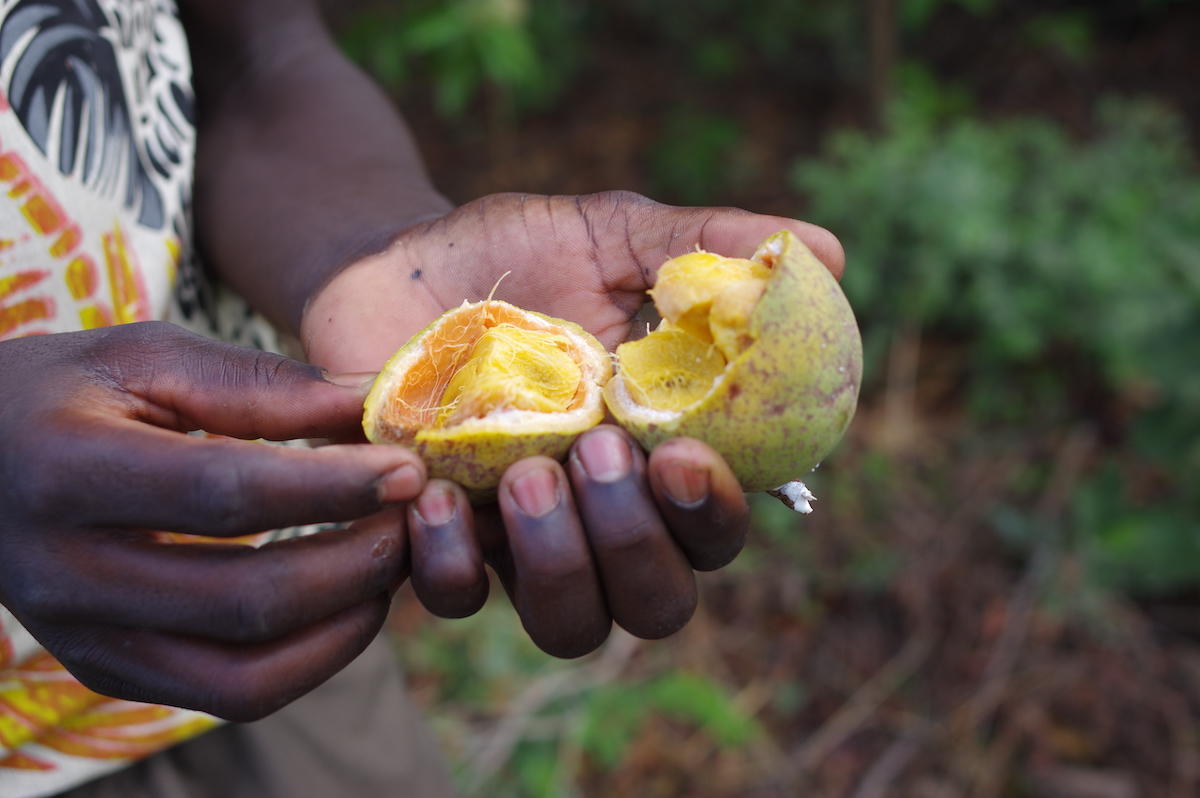
Weda (Saba senegalensis) fruit, harvested within a restored plot of land, helps combat soil degradation. Credit: Michel Valette

